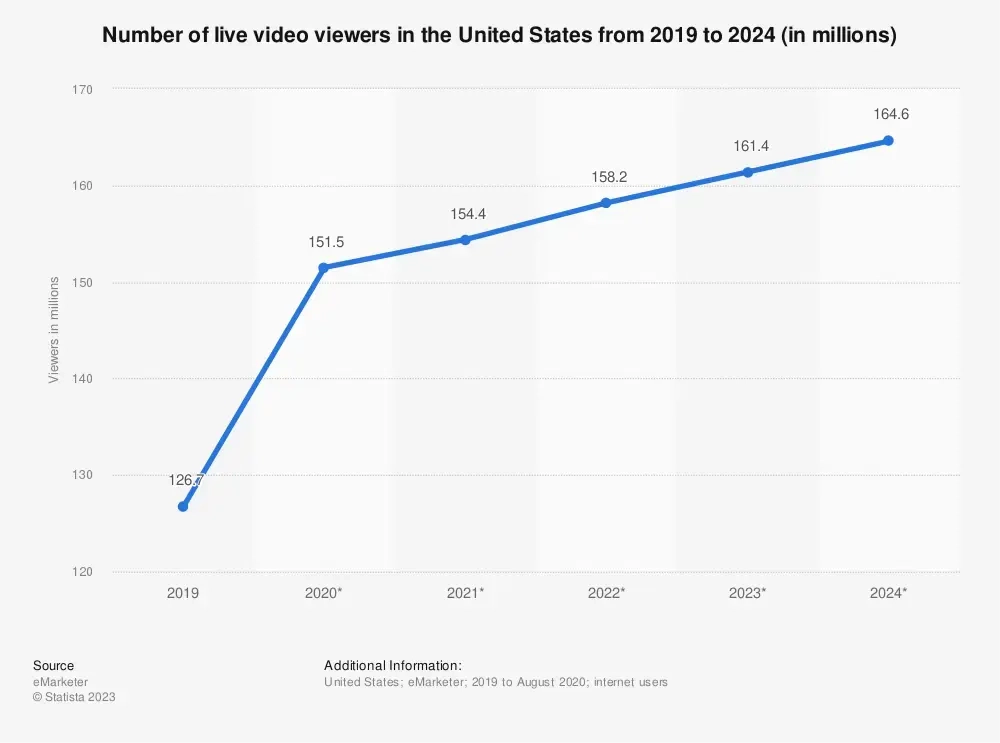Alright, let's kick-off 2024 in style with video SEO. Everyone talks it, nobody actually does it. So back in December 2023 when we looked at how to outrank a competitor on a specific article on Google. Video SEO was the answer.

To succeed, we invested a lot of time in research and developed a free tool that will help you do all the necessary things to get your video to rank on Google.
Finally, we hosted a webinar for our community here at Contrast. To share these learnings and answer any questions people might have. In this article, we'll take you through what we shared in that webinar. Feeling relaxed and got time? Well here's the replay of the event as well.
What is Video SEO?
Video SEO refers to the process of optimizing video content to increase visibility and rank higher in search engine results pages (SERPs). This involves a combination of techniques, including keyword research, creating engaging content, optimizing video titles, descriptions, and thumbnails, and ensuring technical elements are in place for search engines to index the video effectively.
TLDR; What to do to rank your videos on Google
- Video SEO Importance: Video SEO has become increasingly important as video content gains popularity on platforms like TikTok, YouTube, and Instagram.
- Google's Adaptation: Google has adapted to video content by featuring recommended videos and a video tab in search results, showing the relevance of video SEO.
- Benefits for Regular SEO: Videos on a blog can increase user engagement and time spent on the page, which are positive signals for Google's search rankings.
- Position Zero: Videos can achieve "position zero" in search results, appearing above the first result and potentially capturing 50% of clicks.
- Steps for Successful Video SEO:
- Keyword Research: Use tools like Ahrefs or SEMrush to find relevant keywords.
- Content Creation: Focus on creating high-quality, engaging videos with a strong hook.
- Optimization: Optimize video titles, descriptions, thumbnails, and chapters with SEO in mind.
- Technical Setup: Ensure proper metadata and indexing through Google Search Console.
- Use Embed Tools: Tools like Embed by Contrast can simplify the technical SEO process for videos.
- Chapters in Videos: Use chapters to break down videos into key moments, which can help Google index and recommend specific parts of a video.
- Avoiding Common Mistakes: Ensure the video is the main content on the page, avoid making users scroll to find the video, and ensure embed dimensions are appropriate.
- Cross-Posting on YouTube: While it's beneficial to post videos on YouTube for visibility, embedding videos directly from YouTube on a website can have drawbacks like ads and lack of control over branding and suggested content.
- Local SEO: Video SEO can help with local SEO by providing an alternative way to rank for competitive keywords and by being an early adopter in a growing trend.
- Top of Funnel Keywords: While top of funnel keywords are common in video SEO, focusing on bottom of funnel keywords can be more valuable and provide content for multiple use cases beyond SEO.
- YouTube vs. Website SEO: Consider optimizing YouTube videos less for SEO and focusing more on website video optimization to drive traffic directly to your site.
- Content Repurposing: Video content can be repurposed into transcripts, blog posts, and social media content, adding value beyond just video SEO.
Lots of lessons to unpack there. Let's now look at how you can get started and why you need to be using video to grow your business.
Why you need to use video now
Video content has seen an explosive growth in popularity. Platforms like YouTube, TikTok, and Instagram have become household names, with video becoming a preferred medium for information consumption. This shift in user behavior has not gone unnoticed by search engines, which have adapted their algorithms to prioritize video content.

Video engages more and for longer
Videos have the power to captivate audiences, keeping them engaged for longer periods compared to text-based content. This increased engagement sends positive signals to search engines, indicating that the content is valuable and should be ranked higher. For SaaS companies, this means that incorporating video into your content strategy can improve overall site metrics and SEO performance.
How to get to Position Zero
Position zero, or the featured snippet spot, is the holy grail of SEO. It's the first thing users see on the search results page, even before the first organic listing. Videos are increasingly appearing in these coveted spots, especially for how-to and informational queries. By optimizing your videos for SEO, you have a chance to secure position zero, driving significant traffic to your site.

Steps to Video SEO Success
To harness the power of video SEO, SaaS companies should follow a structured approach:
- Keyword Research: Identify the keywords you want your videos to rank for. Use tools like Google's Keyword Planner or conduct manual searches to understand the search landscape. Tools like Ahrefs will help create more detailed research reports, but are paid.
- Content Creation: Produce high-quality, informative videos that address the needs and questions of your target audience. Ensure the content is engaging and provides value. Through research, you can come up with the type of content your audience is likely to engage with. We wrote about this technique in our article on how to come up with webinar content.
- Optimization: Optimize your video titles, descriptions, and thumbnails with SEO in mind. Use relevant keywords and create compelling visuals to encourage clicks. Remember, we created free tool to help you do exactly that – so feel free to use it.
- Chapters and Structuring: Break down your video into chapters using secondary and long-tail keywords. This not only enhances user experience but also helps search engines understand and index your video content more effectively. You can use Ai to help you speed up this process.
- Technical SEO: Ensure your video's metadata is correctly formatted and submit your video sitemap to Google Search Console for indexing.
What to avoid in Video SEO
When implementing video SEO, be wary of the following:
- Ensure your video is the main content on the page and easily accessible.
- Avoid making users scroll to find the video, as this can impact indexing.
- Optimize embed dimensions for usability and SEO.
Use Video SEO to outrank the competition
Video SEO is not just a trend; it's a strategic move that can yield long-term benefits for SaaS companies. By investing in video content and optimizing it for search engines, you can improve your online visibility, engage your audience more effectively, and ultimately drive more leads and conversions for your business.
Remember, the key to success in video SEO is to start with a clear strategy, focus on creating valuable content, and pay attention to the technical details that will make your videos stand out in search results. With the right approach, video SEO can be a game-changer for your company.
If you're looking for more video content, check out our video channel.
